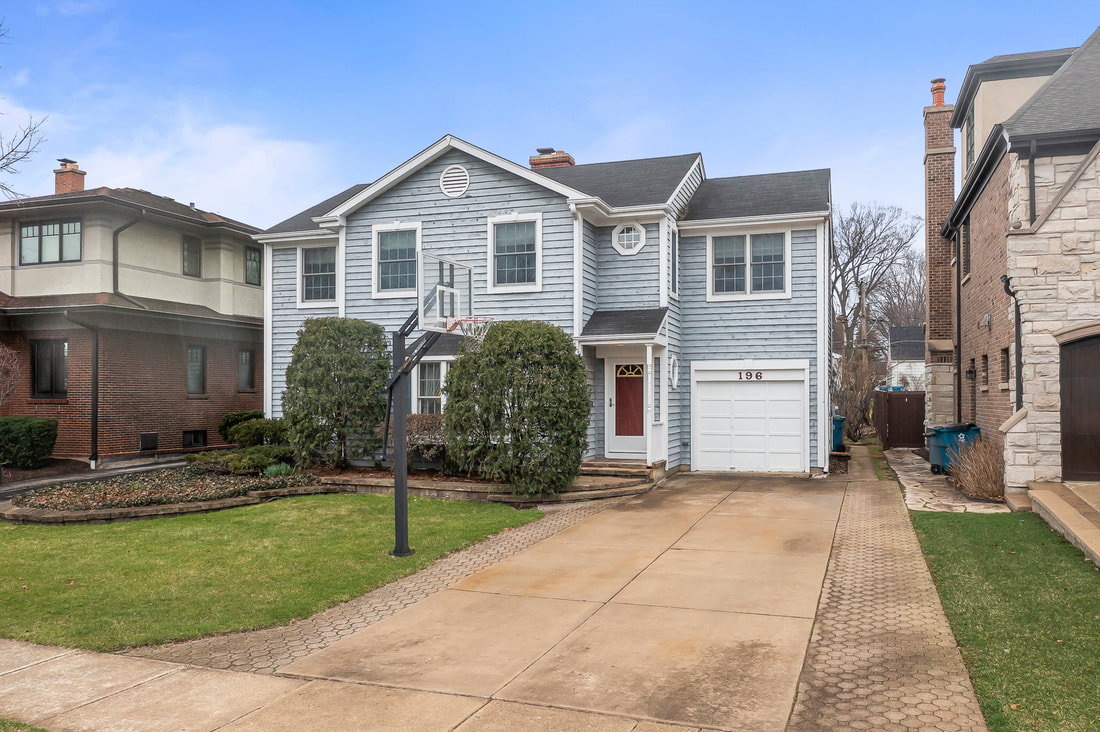
If you’ve spent any amount of time living in or around Chicago, chances are you’ve come across these Popular Chicago Building Types that have become a defining part of the city’s architectural identity. Commonly built between the 1920s and 1970s, these homes reflect a unique style and practicality that catered to the needs of working-class families during that time. They’re more than just houses—they represent a key chapter in the city’s residential development. Whether it’s the sturdy brickwork, the compact layout, or the recognizable façades, each of these homes tells a story about Chicago’s growth and character. To help you get a better sense of what these homes look like, we’ve included some reference pictures below. If you’re exploring common Chicago building types, these classic single-family homes are a great place to start.

Raised Ranch
Originally constructed in the 1950s, these homes are known for their straightforward, rectangular floor plans and classic pitched roofs. Their simplicity wasn’t just a design choice, it made them more affordable to build and easier to maintain. Because of the uncomplicated layout and mechanical systems, they remain popular with homeowners who appreciate functionality and low upkeep. One key feature that distinguishes a “raised ranch” from other styles is the presence of a basement beneath the main living area. Homes with a similar exterior but no basement are generally referred to as “ranches” or “California ranches.” The house shown here includes a convenient attached one-car garage, although that isn’t always the case, many homes from this era were built without garages altogether.
Georgian
Solid brick, box-style homes—commonly known as Georgians—are a staple in many Chicago neighborhoods and surrounding suburbs. These houses are known for their symmetry, durability, and timeless design. Most Georgian homes follow a similar floor plan, with variations based on square footage. A typical layout includes two bedrooms and one bathroom on the upper floor, which suits smaller families or first-time buyers. In larger Georgians, you’ll often find three or more bedrooms upstairs, offering more space for growing families. Some even come with the added convenience of a half bath on the main floor—a sought-after feature if you’re lucky to find it.

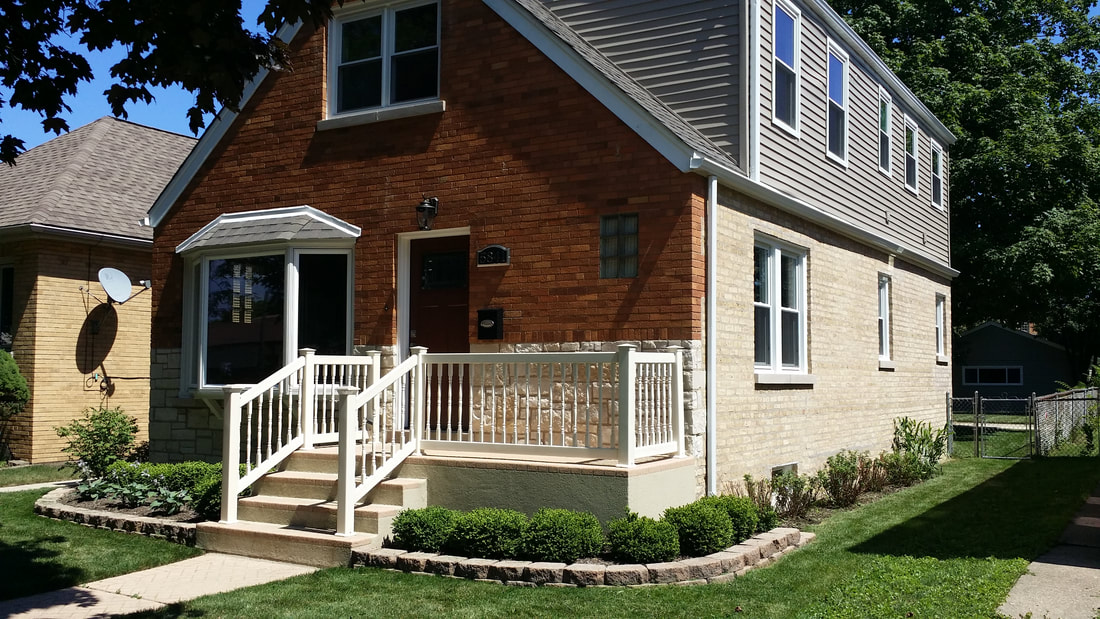
Cape Cod
Cape Cods can vary significantly and can be brick or frame. The façade has a signature triangular roofline. Usually these houses have a front-to-back layout with the living room, then dining space, then kitchen. Bedrooms often are along one of the sides with a bathroom between them.
Tri-level
Also called a split-level (a generic term for this and bi-level houses), this style was popular in the 1960s and 70s. Tri-levels feature simple layouts with partial basements that are often used for a family room or additional bedrooms. They come with or without attached garages. Houses that have attached garages often sacrifice smaller lower-level space.
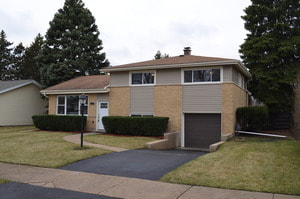
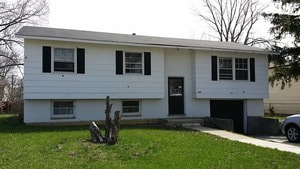
Bi-level
Similar to a tri-level, these houses only have two levels with the basement being often used as quality living space. The front entryway usually splits and you head up a few steps to the living room, dining room, kitchen, and bedrooms. Go down to rec rooms, additional bedrooms or (in this case) garage access.
Bungalow
The classic. Some have front porches but lose some interior space. This one has a partial dormer to take advantage of the attic space to make it livable. Bungalows weren’t designed to use the attics as living space but many are large enough to be dormered and take advantage of this important space. First floor bedrooms tend to be small. However, these houses have loads of charm and are a fan favorite.
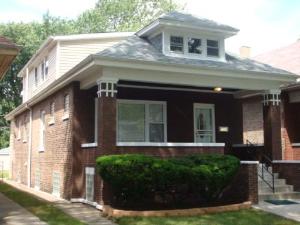

Frame
It’s a general term but you hear it a lot. Built with wood instead of bricks, frame houses offer many different shapes and sizes. Typically they have basements but in the case of some really old houses they were built on slabs or crawl spaces. Built as early as the 1870s you’ll still find some standing today after multiple renovations.
continue reading
Related Posts
It's time to navigate to a new city to reinvent your daily rhythms—but it also comes with real stakes...
Retirement often invites the question: what now? For many, the
Selling a home means stepping into a psychological game with your buyer--what do you fix before selling? You’re not just listing square...







